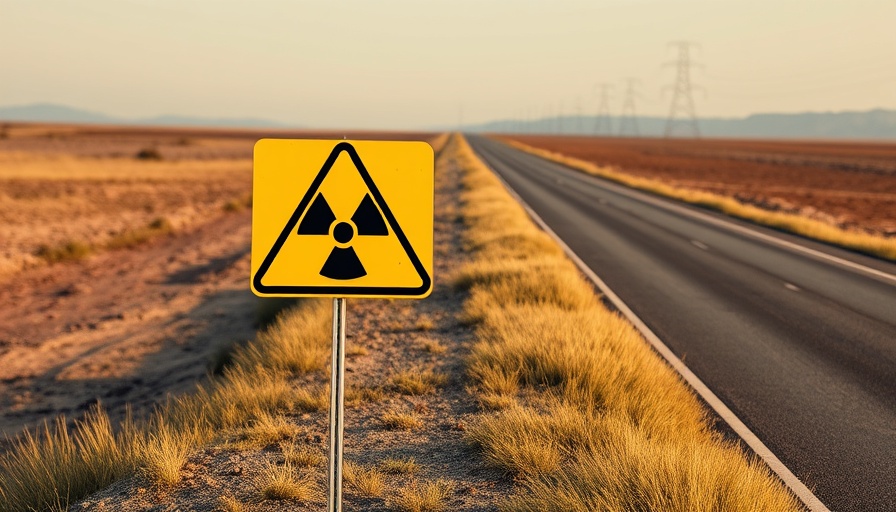
A New Era for the Hanford Site: Vitrification Explained
As the Hanford Nuclear Reservation embarks on a groundbreaking method to safely encapsulate radioactive waste, the technology of vitrification is reclaiming its significance in a region long synonymous with nuclear production. While the site in southeastern Washington once contributed significantly to the nation’s nuclear arsenal, it now faces the monumental task of controlling the hazardous legacy it has created. By encasing liquid waste in glass, we can significantly reduce the environmental risks associated with long-term radioactive waste storage.
The Importance of Vitrification Techniques
Vitrification, a process that involves mixing waste with glass-forming materials and melting them at extremely high temperatures, has garnered attention worldwide due to its efficacy in waste stabilization. The process uniquely transforms hazardous waste into a stable glass form that minimizes the possibility of seepage or contamination in local ecosystems, such as the nearby Columbia River. This innovative solution means that the radioactive waste remains dangerous but less volatile and contained, allowing it to be stored securely.
A Deep Dive into Hanford's Cleanup Journey
The Hanford site is now at a critical juncture in its cleanup strategy. With the Washington State Department of Ecology recently approving the final permit to begin this transformative process, it's a pivotal moment in what has been decades of planning, extensive investment, and proactive environmental governance. Expectations are high: this project promises not only to clear the site of its dangerous backlog but also to restore faith in governmental environmental stewardship.
Understanding the Broader Impact
The ramifications of this development reach beyond local borders. Successful vitrification at Hanford could serve as a model for other nuclear waste sites across the globe, including longstanding instances at the Savannah River Site and the Sellafield Site in the UK. Lessons learned here can influence future nuclear waste management strategies beyond the immediate community and potentially reshape how we understand and deal with the legacies of past energy policies.
Community Involvement and Ongoing Vigilance
Local stakeholders, including Native American tribes with ties to the land, emphasize the need for ongoing monitoring and transparent communication throughout this process. Concerns remain on whether this technological intervention will sufficiently safeguard the surrounding environment. As Hanford shifts from a site of production to one of preservation, it highlights a broader societal responsibility to handle legacy wastes judiciously.
In conclusion, Hanford's journey toward vitrification marks an important transition for the site as it seeks to mitigate historical environmental impacts while reshaping future nuclear waste strategies. Understanding this process allows residents and stakeholders alike to engage more actively in discussions regarding local environmental health and sustainable energy practices.
If you wish to explore more about innovative environmental solutions or become involved in community initiatives ensuring lasting ecological integrity, visit your local environmental advocacy groups or forums.
 Add Row
Add Row  Add
Add 




Write A Comment